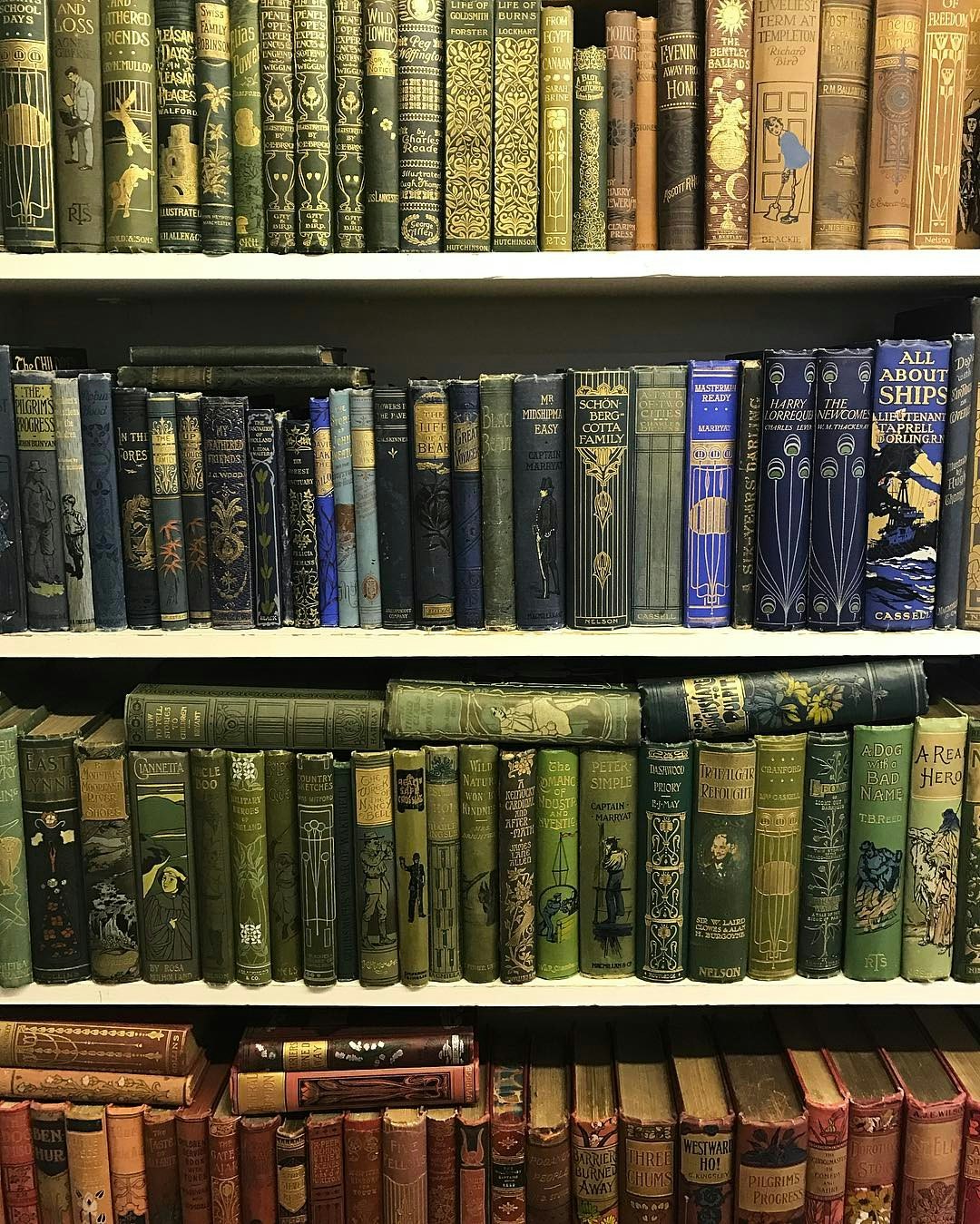
Rather than think about this question in the context of education, I’m going to be considering the everyday adult reader. Most of the research I found about the use of a dictionary while reading concerned specific populations, like children learning to read or people acquiring a new language. A yes/no answer isn’t going to encompass all the complexities of this seemingly simple question.
If you’re practicing your pronunciation for the IELTS exam, check out our Complete Guide to IELTS Speaking and our podcast episode on Speaking.If you encounter an unfamiliar word while you’re reading, should you take a moment to look it up? I’m coming in hot with the least satisfying answer possible: it depends! Reading is an activity done for myriad reasons, and readers are unique individuals. You know the correct pronunciation when you hear it, but how do you get your mouth to cooperate and produce that English sound? Learn a quick tip that will get you pronouncing the “r” sound like a native speaker. Going Beyond English Pronunciation Rules (Video) So, while learning English pronunciation rules is very important, you also need to memorize the exceptions. Similarly, though most two-syllable nouns stress the first syllable, some don’t, like today (to-DAY) and request (re-QUEST). For example, while many three-syllable words ending in -or stress the first syllable, there are exceptions like behavior (be-HAV-ior) and receptor (re-CEPT-or). For every English pronunciation rule listed above, there is at least one exception.

Syllable StressĬlick below to listen to a recording of this passage. For example, the word “outside” has 4 vowels, but only two syllables, because -ou only counts as one vowel sound, while -i…e combine to form the long “i” sound (like in the word “pie”), even though they are separated by a consonant. Some vowel sounds are silent, while other sounds are made up of two different vowels. Additionally, the number of syllables is not necessarily equal to the number of vowels. While the majority of English words have between 1-4 syllables, some words have as many as 19! This means that counting the number of syllables is not always easy. All ig at or – 4 syllables, 4 vowels (All-i-ga-tor).T om orr ow – 3 syllables, 3 vowels (To-mor-row).Ord er – 2 syllables, 2 vowels (Or-der).


 0 kommentar(er)
0 kommentar(er)
